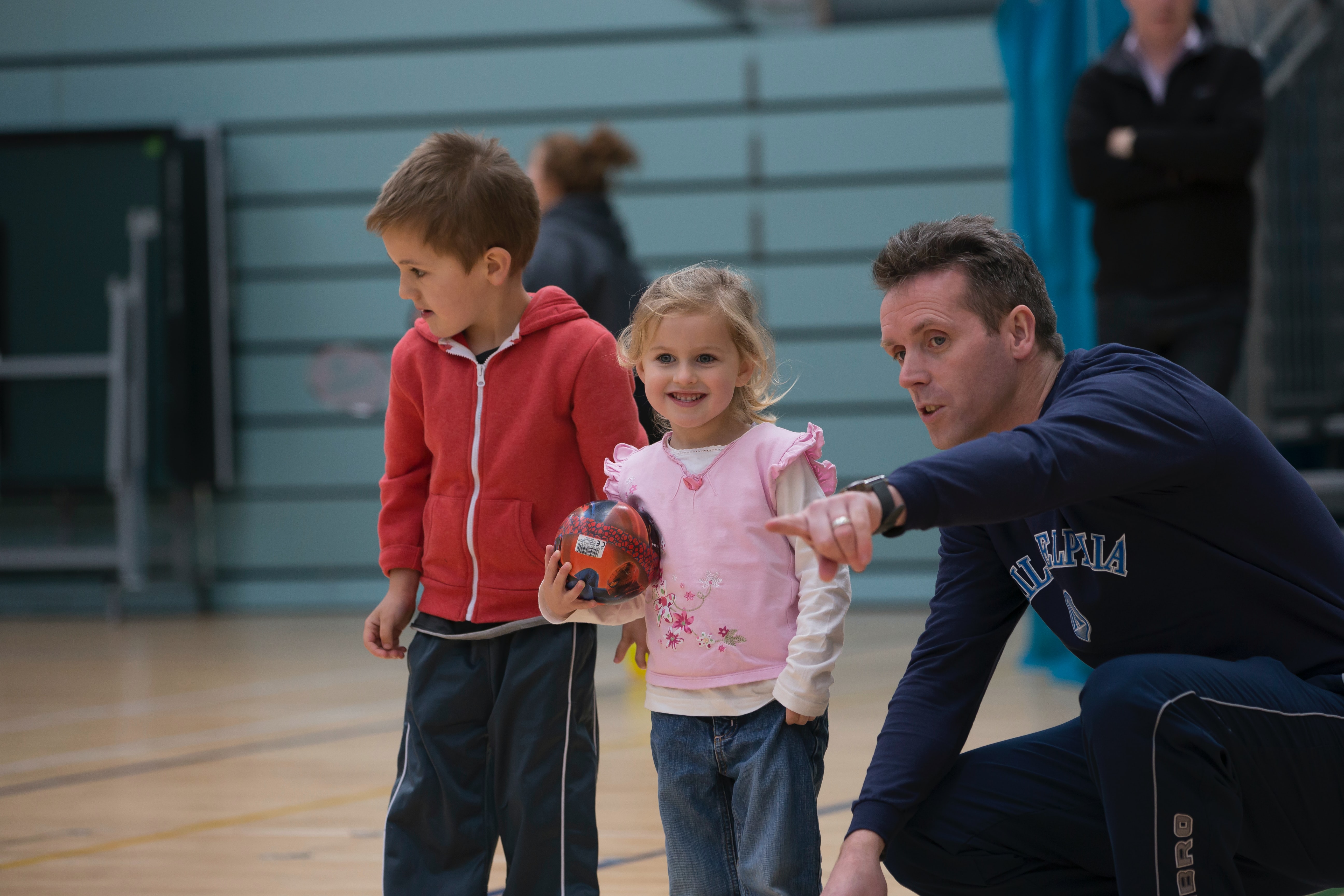Adapted Physical Education Guide

Physical education is good for all students, including those with disabilities. Participating in PE class helps children to improve their physical coordination and motor skills. For children with a disability, PE can also be a valuable time to practice skills like keeping eye contact, taking turns, and learning to manage their sensory needs. Through adapted physical education, schools can better meet the needs of students with disabilities.
What Is Adapted Physical Education?
Adapted physical education is PE instruction that's designed to meet the needs of disabled children. This can include physical disabilities like cerebral palsy, sensory impairments like blindness or deafness, mental health issues, autism, and intellectual disabilities. Providing adapted physical education is required under the federal Individuals with Disabilities Education Act, which guarantees special education services to students who need them.
- Adapted Physical Education
- Comprehensive School Physical Activity Programs
- Factors Affecting Performance in Physical Education
- Guidelines for Adapted Physical Education
- What Is Adapted Physical Education?
- Adapted Physical Education (APE)
- Definition of APE and Frequently Asked Questions
- Inclusive School Physical Education and Physical Activity
- Physical Activity and Physical Education: Relationship to Growth, Development, and Health
Strategies for Implementing Adapted Physical Education
Making PE activities accessible to all students starts with understanding the needs of the specific students involved. These needs can vary widely from one student to the next; for instance, one student may have sensory processing issues that make some sounds too intense, while another may use a wheelchair. Before changing PE activities, understand the quantity and scope of a student's strengths and limits. Then, consider which kinds of activities would work best and how they can appropriately modified. For example, students with visual impairments may need to use brightly colored balls or ones that make noise to play sports like volleyball or basketball. Students in wheelchairs may be able to play badminton or tennis with a lower net. And autistic students might enjoy physical activities like yoga or dance.
- Functions of Teachers of Adapted Physical Education
- Differentiating PE Instruction for Students With Disabilities
- Adaptive Play Equipment
Adapted Physical Education Games
Many popular PE activities can be modified to be accessible to all students. For instance, stretching is good for all kids, including those with limited motor skills. Put on some music, and then ask students to move their arms, legs, torsos, or heads in sync with the song. If all of the students have full physical mobility, teach them a few dance steps to give them some fun and non-competitive exercise.
Many ball sports can also be played with balloons, from dodgeball to soccer. This slows down the pace of the game, which can help kids with slower reflexes, and it also minimizes the potential for injury; getting hit with a balloon is much less likely to cause a bruise than getting hit with a soccer ball. Even a more aggressive game like dodgeball can be gentler when the balls just bounce off of you.
- Best Adapted and Inclusive PE Games
- Best Adapted Physical Education Games: Five Activities for Kids
- Life-Size Chutes and Ladders Game
- Adaptive Physical Education Games
- How to Exercise With Limited Mobility
- Top Ten Exercises for Disabled People
Edited by: Ben Thompson

